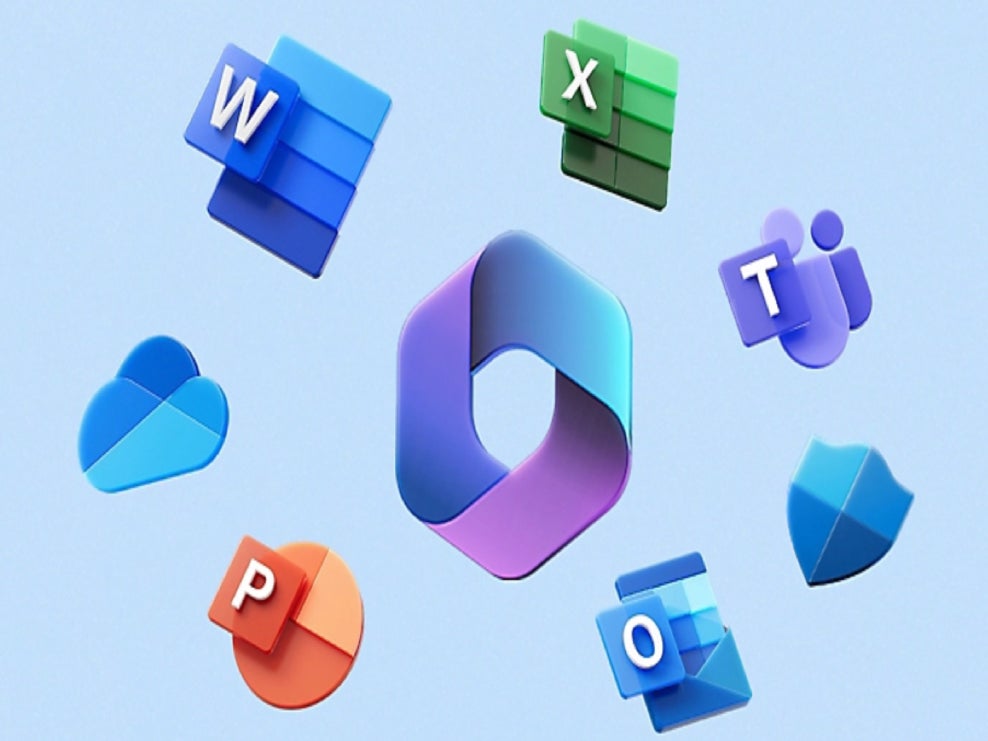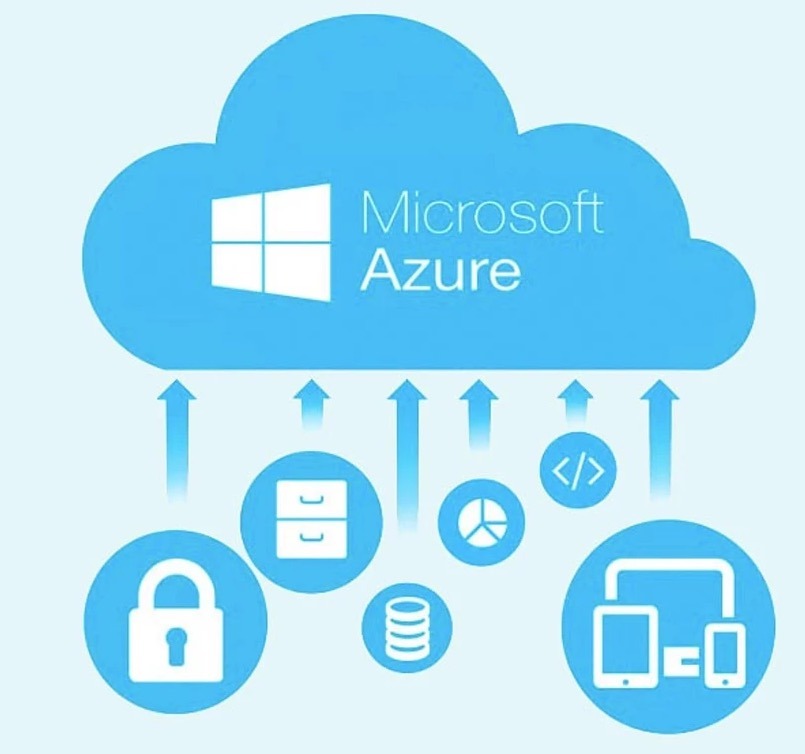Cloud Computing
As your strategic partner, we offer a range of managed IT services tailored specifically to benefit your business.
Think of us as an extension of your team. We work with you to understand your business goals and then align your IT to help meet these, all the while providing peace of mind and a high-value service.
CLOUD
Your Managed Cloud Partner
Has your team been making the right decisions when it comes to cloud services?
Many organisations move over to the Cloud but don’t truly understand the breadth of its functionality, or how they could be utilising existing tools to work even smarter. Other cloud computing service providers may offer you products without taking the time to truly understand your business. For example, does your team work mainly from home or are you all in the office? Do you work in the creative industry where you are working with huge files? All of these factors will influence whether or not cloud computing services are right for you, and if so which would be the best fit.
We’ll take the time to get to know you and your business, which will help us identify which cloud computing services you require. We’ll discuss in depth with you about which products you need, depending on which would be best for your budget and requirements. With us working alongside you as your strategic IT partner, we can tell you about the new developments and what could be beneficial to your business as it grows.
In addition to switching businesses over to the cloud, we also specialise in migrating from one cloud to another, for example if two businesses were merging and needed to be on the same platform in order to collaborate.
We also offer extensive cloud computing security services which work in tandem with the other products, meaning that you can work safely and securely in the cloud with the knowledge that you and your team’s hard work and data are safe.
Microsoft 365
Microsoft Azure
Azure Virtual Desktop
Google Workspace
Exclaimer Cloud E-mail Signatures
Managed Cloud Wi-Fi
Managed Cloud Backup
Business Continuity
Microsoft 365
Ideal for small and growing organisations of up to 300 employees, Microsoft 365 Business is one of our many and most popular cloud computing services for business. It features all the essential apps such as Word, Excel and Outlook. Microsoft 365 Business offers a great combination of collaboration tools, and can mix and match plans depending on the needs of each employee and the organisation as a whole.
For larger organisations, or those with more complex requirements, Microsoft 365 Enterprise provides added features ideal for larger teams including Teams contact tools to integrate your teams, wherever they may be based.
Online cloud storage is included, both for individuals and teams. Easy to set up and manage, it can be scaled as your business and team grows. Seamless experience across devices makes it easy for those who are mobile or working remotely to interact with office based teams, all whilst ensuring security is maintained, managing task lists, projects and advanced analytics to monitor performance.
As Microsoft Silver Partners, Team Metalogic can provide, configure and support the entire Microsoft 365 Ecosystem.



Microsoft Azure
Microsoft Azure, formerly known as Windows Azure, is Microsoft’s public cloud computing platform. Think of it as all the servers, wires and network infrastructure that might have been in your office building somewhere, but now in someone else’s cupboard (Microsoft’s cupboard in the cloud to be precise!)
Azure provides a broad range of cloud services, including compute, analytics, storage and networking. It’s possible to pick and choose from these services to develop and scale new applications or run existing applications in the cloud. And we’re on hand as your trusted partner to make sure you’re choosing the right services and scaling them where needed to meet the changing needs of your business.
A popular Azure service is ‘Azure Virtual Desktop’, allowing you to offer flexibility, so people can work where they need to, when they need to, and from any device. This is ideal for business that are still running business applications (databases, finance) on servers that exist within their premises or business that need to share business applications with users that are based across a geographical area such as field staff, remote offices and those that work from home.
And as both desktops and apps run in the cloud, Azure Virtual Desktop allows users to maintain an efficient user experience, whilst also maintaining high levels of security.
Exclaimer Cloud Signatures
As a professional cloud service provider we partnered with Exclaimer to provide the perfect solution for managing e-mail signatures in Microsoft 365 and Google Workspace. Exclaimer allows you to manage signatures from one centralised location across departments and sites, and will even allow additional features such as corporate headshots, promotional campaigns and links to social media profiles. Applied to mobile and desktop devices, it makes customising e-mail easy and effective, providing the ideal opportunity to highlight promotions, drive traffic and build social audiences.
Exclaimer Email Signatures enable your entire team and organisation to deliver the best possible impression to clients and partners and with new marketing and feedback functionality, you can apply 1-click signature surveys to drive feedback from e-mail touchpoints and measure the effectiveness of your e-mail marketing campaigns.



On-Premise Servers
Virtual / Cloud Servers
Workstations
Microsoft 365
Google Workspace
Salesforce
Xero
Quickbooks
Cloud Backup & Business Continuity
We recognise that when a disaster strikes, it can cost you – in hours of time and loss of data. You need to recover and get up and running as soon as possible, and we can do that for you.
Backing up your data should be standard practice for many businesses, but when you are working with established technologies such as Microsoft 365, you may be debating whether backups are still needed. Most people do assume that separate backups of Microsoft 365 are not required because Microsoft have an excellent reputation for data availability and resilience; but this simply means that the infrastructure that provides your mailbox or your OneDrive / SharePoint will be available at all times.
Put simply, Microsoft’s service agreement has recently changed and now clearly recommends you backup your data and that they will not be held liable for any loss of your data, however caused. Unfortunately, this does not leave you with many options in the event of a disaster.
Managed Online Backup from Team Metalogic provides you with fast, reliable, automatic, offsite secure backup of both on-premise and cloud systems. This is fully monitored and managed by us as part of our managed services offering.
In the event of a loss of information or system failure, our managed online backup provides quick and easy access to data that can be restored – allowing you to get back up and running as soon as possible. Minimising disruption and ensuring business continuity.
Quick and easy to set up and configure with no capital investment as there’s no hardware to install. Monitoring is consistent and runs automatically, providing peace of mind, removing the need for specific actions to be taken.
We recognise that business continuity is crucial to businesses as computer systems need to be operational as often as possible and data loss can have a severe impact on a business. Team Metalogic can work with you to create and develop business continuity plans from the basic backup strategy right through to redundant systems, disaster recovery and contingency planning. We can help to outline and define the options available to you to enable you to be operational not only in the event of a major systems failure, but as a result of issues related to fire, theft and physical damage as well as component failure.
STRATEGIC PARTNER
Your Trusted Advisor
Watch this modern workplace vlog by our CEO, Mike Parfitt, to gain an insight into how cloud computing is enabling the truly modern workplace, allowing you to securely and safely work from any device, any place, any time.
Wondering if we have the right solution for you?
We'd love to talkCall us on 0345 521 0618, e-mail [email protected] or fill in the call back form below
and one of our team will be in touch very soon.
Request a call back





